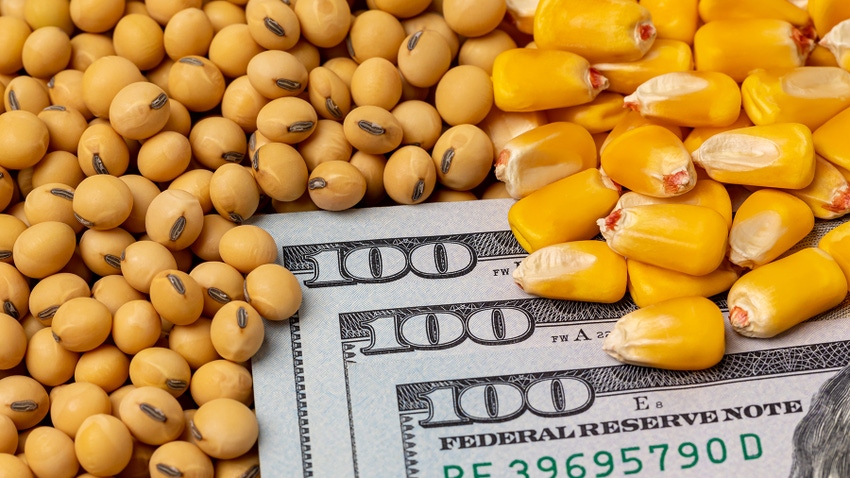
November 2023 and 2024 soybean futures remain well above the five-year average for November futures for this time of year.
November 2023 soybean futures this week rebounded to trade just shy of $13.00 while November 2024 futures climbed back above $12.50. Since rallying to a high of $14.09 ½ on Aug. 28, November 2023 futures had plummeted $1.59 (11%). November 2024 soybean futures, meanwhile, fell $0.85 over the same time period (6%).
Stronger-than expected export competition from Brazil and larger-than-expected ending stocks from the 2022/23 crop year have pressured nearby prices. At the same time, weakness in the November 2024 soybean contract has been fueled in part by ideas of a potential increase in U.S. planted soybean acreage next spring, as producers move away from corn due to declining profitability relative to beans. Despite these bearish headwinds, November 2023 and 2024 futures remain $1.88 and $1.60 above the five-year average for November futures for this time of year.
Let’s review this week’s USDA Supply/Demand report. The national average bean yield was lowered by 0.5 bushel per acre to 49.6 bpa, down 4.6% from the May forecast. Crush was increased 10 million bushels compared to September, but exports were reduced by 35 mbu due to increased competition from Brazil. After including a 2 mbu increase in residual use, total demand was down 23 mbu versus last month.
Ending stocks for 2023/24 are pegged at 0.220 billion bushels —unchanged compared to September. Comparing the 2023/24 bean marketing year with 2022/23, exports are projected to decline 237 mbu (12%). Crush, meanwhile, is forecast to increase 88 mbu (4%). Total soybean usage of 4.183 bbu is forecast to be down 118 mbu (3%) compared to last year.
Needless to say, much can, and probably will, change by Aug. 31, 2024, but this should serve as a reminder that “high prices cure high prices.”
Given this overview, what are some risk management strategies to consider?
Establish a price floor for 2023 production while maintaining upside potential: No one knows if a low had been made, or if more weakness is ahead. A put option strategy can establish a price floor, while maintaining upside potential. A cash sale combined with a call option purchase is another possibility.
Attention can then be directed to protecting projected 2024 production: Having established a marketing strategy for 2023 production, attention can be given to projected 2024 output. One alternative to consider is the purchase of a November 2024 soybean put option. This would establish an initial price floor for projected output well ahead of the base crop insurance period in February 2024.
As you execute, you will feel the control associated with a disciplined marketing plan and avoid the poor decisions that are often seen as market uncertainty increases. Your Advance Trading advisor is ready to assist in the implementation of your strategy.
Contact Advance Trading at (800) 747-9021 or go to www.advance-trading.com.
Information provided may include opinions of the author and is subject to the following disclosures:
The risk of trading futures and options can be substantial. All information, publications, and material used and distributed by Advance Trading Inc. shall be construed as a solicitation. ATI does not maintain an independent research department as defined in CFTC Regulation 1.71. Information obtained from third-party sources is believed to be reliable, but its accuracy is not guaranteed by Advance Trading Inc. Past performance is not necessarily indicative of future results.
The opinions of the author are not necessarily those of Farm Futures or Farm Progress.
About the Author(s)
You May Also Like






